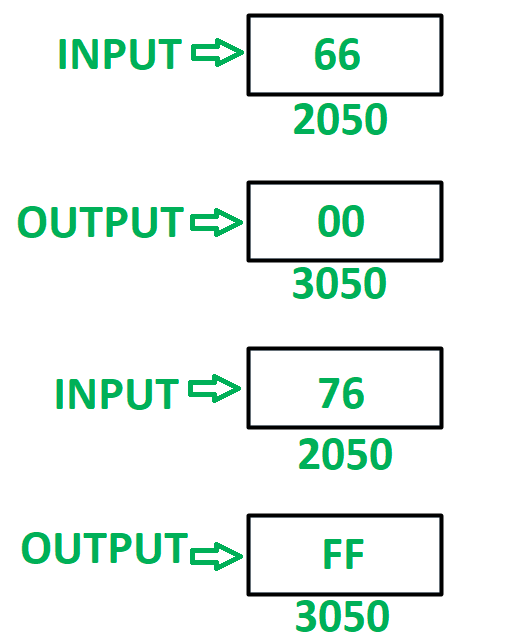INTRODUCTION to DBMS
A database management system (DBMS) refers to the technology for creating and managing databases. DBMS is a software tool to organize (create, retrieve, update, and manage) data in a database. The main aim of a DBMS is to supply a way to store up and retrieve database information that is both convenient and efficient. By data, we mean known facts that can be recorded and that have embedded meaning. Usually, people use software such as DBASE IV or V, Microsoft ACCESS, or EXCEL to store data in the form of a database. Meaningful data combined to form information. MS. ACCESS is one of the most common examples of database management software.
Data-
Knowledge refers to the useful use of information. As you know, that information can be transported, stored, and shared without any problems and difficulties, but the same cannot be said about knowledge. Knowledge necessarily involves personal experience and practice.
Database systems are meant to handle an extensive collection of information. Management of data involves both defining structures for storage of information and providing mechanisms that can do the manipulation of those stored information. Moreover, the database system must ensure the safety of the information stored, despite system crashes or attempts at unauthorized access.
Application of DBMS
Sector Use of DBMS
Banking For customer information, account activities, payments, deposits, loans, etc.
Airlines For reservations and schedule information.
Universities For student information, course registrations, colleges and grades.
Telecommunication It helps to keep call records, monthly bills, maintaining balances, etc.
Finance For storing information about stock, sales, and purchases of financial instruments like stocks and bonds.
Sales Use for storing customer, product & sales information.
Manufacturing It is used for the management of supply chain and for tracking production of items. Inventories status in warehouses.
HR Management For information about employees, salaries, payroll, deduction, generation of paychecks, etc.
Components of DBMS

- Users: Users may be of any kind such as DB administrator, System developer, or database users.
- Database application: Database application may be Departmental, Personal, organization's and / or Internal.
- DBMS: Software that allows users to create and manipulate database access,
- Database: Collection of logical data as a single unit.
- Provides security and removes redundancy
- Self-describing nature of a database system
- Support of multiple views of the data
- Sharing of data and multiuser transaction processing
- DBMS allows entities and relations among them to form tables.
- It follows the ACID concept ( Atomicity, Consistency, Isolation, and Durability).
- DBMS supports multi-user environment that allows users to access and manipulate data in parallel.
- DBMS offers a variety of techniques to store & retrieve data
- DBMS serves as an efficient handler to balance the needs of multiple applications using the same data
- Application programmers never exposed to details of data representation and storage.
- A DBMS uses various powerful functions to store and retrieve data efficiently.
- Offers Data Integrity and Security
- The DBMS implies integrity constraints to get a high level of protection against prohibited access to data.
- A DBMS schedules concurrent access to the data in such a manner that only one user can access the same data at a time
- DBMS may offer plenty of advantages but, it has certain flaws-
- Cost of Hardware and Software of a DBMS is quite high which increases the budget of your organization.
- Most database management systems are often complex systems, so the training for users to use the DBMS is required.
- In some organizations, all data is integrated into a single database which can be damaged because of electric failure or database is corrupted on the storage media
- DBMS can't perform sophisticated calculations








